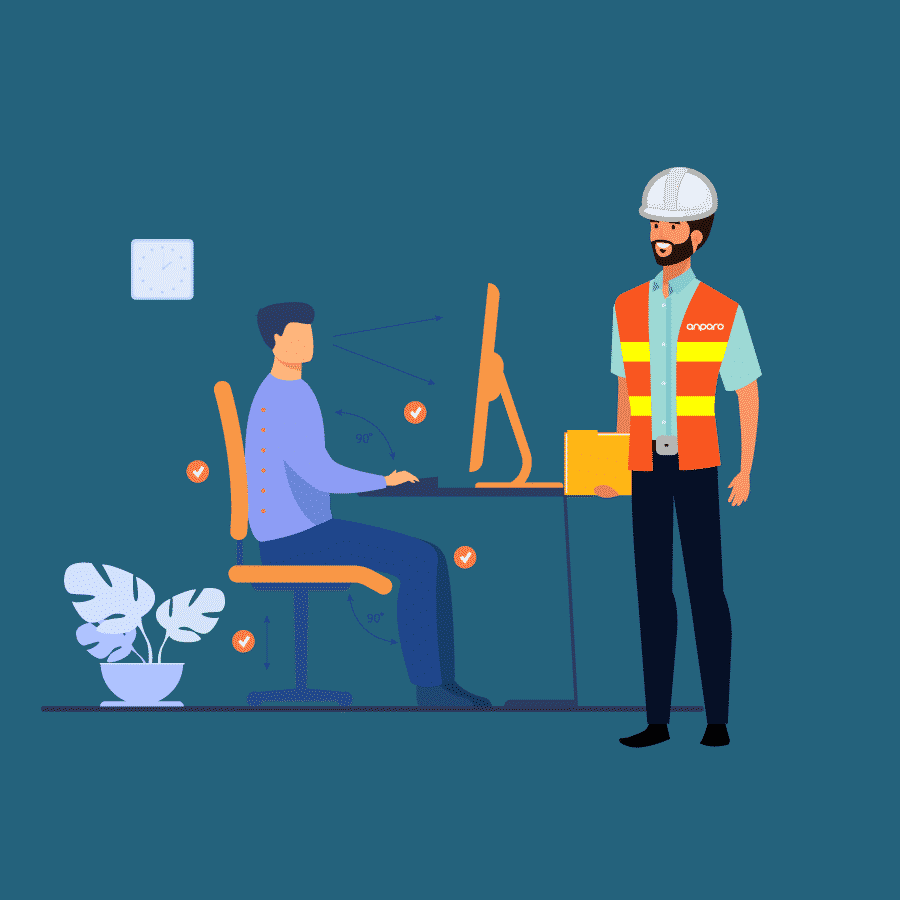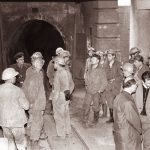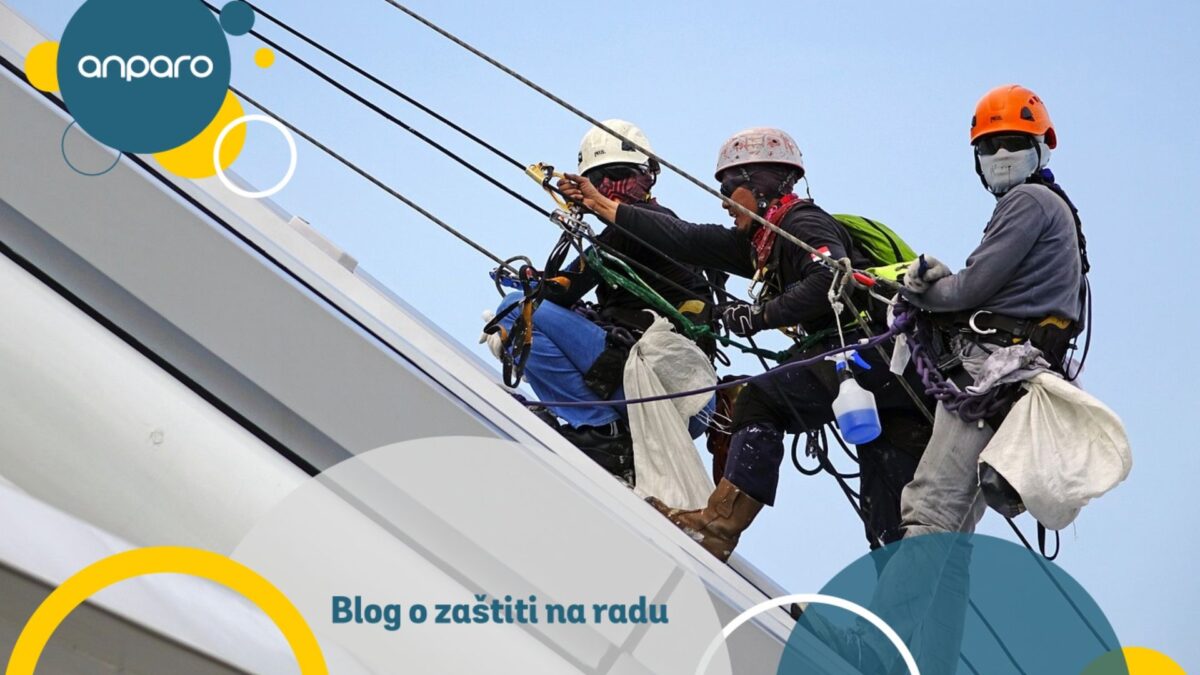The most falls during work at height occurred in the area of Zagreb, as many as 30 percent of them
Falls from heights are considered one of the most common causes of work-related injuries worldwide, including in Croatia.
In most countries, there are laws, regulations and guidelines to protect workers from falling from a height, including the obligation to wear personal protective equipment, apply safety measures and train to work at heights.
In the amended Ordinance on the inspection and testing of work equipment , which complies with the European Directive, the employer is obliged to ensure that the work equipment available to workers is correct, suitable and adapted for work and that it does not endanger their safety and health during work.
Most accidents at work are precisely fall from a height
During May this year alone, Croatia recorded 23 falls from height during work, i.e. on average, every week five workers fell from a height.
Most of them happened in the Area of Zagreb, as many as 30 percent of them. It is a fall from the scaffolding when decorating the interior of the building, from the roof during the installation of external installations, from the ladder in the interior of the building during electrical installations, carelessness in using a ladder in the interior of the building, falling from the building during the execution of construction works.
– Everything mentioned is essentially an accident at work, and it is mostly about bodily harm without fatalities. In most cases, the competent person of the State Inspectorate also comes to the scene of accidents in order to further take measures and actions within their jurisdiction- they pointed out in the Zagreb Police Department.
The consequences of falling from a height are often serious injuries
Injuries from such accidents are often severe and can change the working capacity of the injured person for life.
In order for the same not to happen, there are a number of safety measures that need to be implemented on each construction site where work at height is carried out.
In Croatia, height works cover various industries and sectors. Some of the common works at height in Croatia include:
- Construction works: works on the construction, renovation or maintenance of buildings, bridges, towers, chimneys and other construction facilities.
- Installation and maintenance of telecommunications poles and antennas: Workers often have to work on high poles or roofs to install, maintain or repair telecommunications equipment.
- Installation and maintenance of power lines: includes the installation, repair and maintenance of power lines, such as power lines and power grids.
- Height works in the oil and gas industry: This industry includes work on oil refining plants, gas plants, oil rigs and other related facilities.
- Works at height in the wind energy industry: Installation, maintenance and repair of wind turbines for power generation require work at height.
- Facade maintenance works: Cleaning, restoration, painting and maintenance of building facades
More than half of fatal accidents are falls from height
It is significant that even more than 50% of accidents on construction sites with a fatal outcome occurred as a result of falling with height and falling into depth, while in a distant ‘second’ place in percentage with 10 to 15 percent of accidents during heavy lifting and injuries caused by the impact of self-propelled machinery on the site.
Some of the indispensable elements of protective equipment for work at height, that is, for protection against possible fall from a height or in depth are certainly:
- Seat belt and climbing rope: Workers should wear seat belts and a climbing rope to ensure and prevent falling from a height. The belt should be properly fastened and secured on a stable structure.
- Safety corsets or scaffolding: When working at heights, such as cleaning or restoring facades, safety corsets or scaffolding are used to ensure and allow workers access to the entire façade. Safety corset systems may include ribbons, belts and other mechanisms that allow safe operation at height.
- Personal protective equipment for work at heights: In addition to the seat belt, other elements may be required to work at heights such as anchors, ribbons, carbines, ropes and the like.
- Mountaineering equipment: For workers climbing high poles or antennas, specialized climbing equipment may be required, such as climbing belts, carbines, safety devices and the like.
- Personal fall protection: In addition to seat belts, other types of personal fall protection may be required, such as safety lines, ropes, safety nets and other devices that prevent falls.
We checked in several web stores what kind of equipment for working at height is offered for some of these elements.
The fall prevention kit is offered at a price of € 36.80 (277.29 kn)/pc (
bacelic.hr) to almost three times the price of € 92.77 (698.98 kn)/pcs (
majstoralata.hr).
Seat belt for work at height is available for the price from €97.33 (733.33 kn) (
prosco.hr) up to 235,00 € (1770.61kn) (
lacuna.hr).
The climbing rope is available in a number of options in length, thickness and strength. One of the most universal options is a polyester rope that is suitable as a tensioning rope, climbing rope, boat rope, replacement pulley rope and much more (
conrad.hr)
Je li ti ovaj sadržaj koristan?Jesmo li ti pomogli?
DANE




